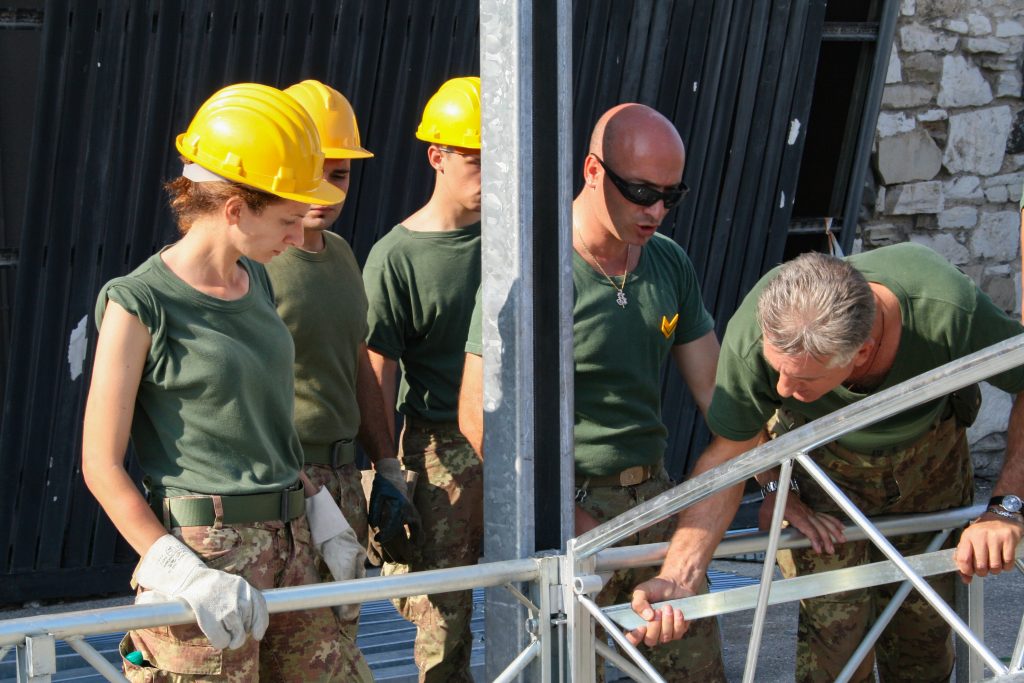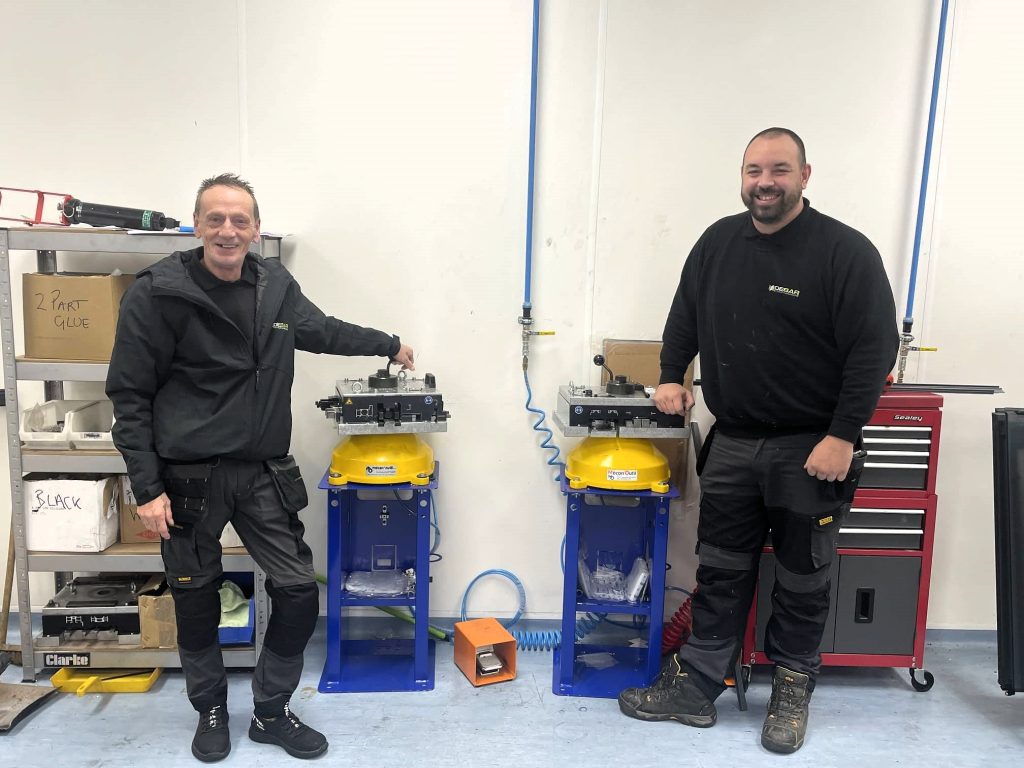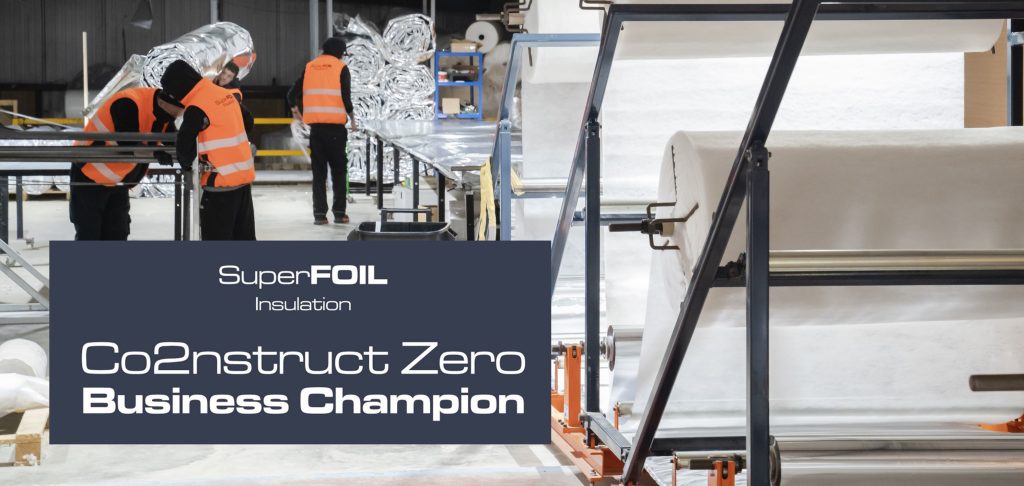Minimising work disruption during snow and bad weather
In 2018, The Construction Products Association claimed the construction industry had faced “huge losses” in the wake of extended poor weather and businesses would struggle to make up for the delays suffered. As we enter the new year bad weather is set to take its toll on planning and productivity once again. But there are things that you can do to help minimise disruption to your projects.
Health and safety
Project delays understandably cause panic and frustration in the construction industry, often leading to firms rushing to catch-up on ventures and sometimes skimming over important processes, in order to get the job done as quickly as possible.
However, your first priority must always be the health and safety of your employees.
Bad weather can bring a number of increased safety risks for workers on site, including ice and snow making surfaces slippery and the obvious health issues associated with working long hours in freezing conditions.
However, there are precautions you can take to limit risks arising in the winter months. Use rock or gravel for flooring instead of mud, as when the rainy days arrive, pedestrians and vehicles won’t be slipping and sliding dangerously around the site. Layering the site with grit during the worst weather periods is also recommended.
Similarly, raw materials like scaffolding boards can lose grip when hit by snow or rain. Prepare for the poor weather by lining equipment with polythene sheeting or foam matting to keep it protected from ice or rain.
Of course, employees should never enter a site without full health and safety gear, and it’s even more important during periods of bad weather.
Staff should be kitted out with thick socks and waterproof boots with gripped soles to provide greater control on slippery surfaces. Thermal clothing is also key for anyone spending long periods in cold weather.
Gloves are a necessity on a construction site, especially for those handling objects in freezing weather or snow. The added grip not only makes it safer to handle equipment, but the thermal layer keeps hands warm and protected from frostbite.
Plan ahead
You can limit the damage and delays caused by bad weather, by planning project timings according to the up-and-coming forecasts.
There are tools available to help those in construction plan for potential weather disruption, like the MetCheck Construction Forecast, which provides information on expected rainfall, wind speed, drying time and more for the next 15 days.
A recent study looked at sine wave expressions as a way of predicting weather patterns and their effect on construction projects. It showed a 16% reduction in project durations by planning projects around poor weather, including additional reductions in project costs.
Using such tools means you can schedule weather-dependent tasks like laying concrete on dry days and focus on tasks you can perform during bad weather, keeping projects flowing and minimising lost productivity.
Advanced preparation for poor weather could save you significantly on time and cost and as technology advances, we should be able to get even more accurate insights into weather conditions.
Go ahead with caution
For all the positive forward-planning you can do, sometimes there’s no avoiding the upheaval caused by bad weather. In these instances, you simply have to work where you can.
When poor weather hits unexpectedly, work on alternative tasks to help your project advance. For example, instead of packing up when it starts raining, make concrete structures in precast and lay them when the weather clears up.
Disruption can take its toll on visitors as well as regular employees. During periods of extreme weather like snow it may be too dangerous for delivery trucks or visitors to navigate certain areas of the site.
Builders’ merchants and visitors can’t afford to wait for the weather to clear up, so you need to pre-plan alternative traffic routes around the site if existing ones become flooded.
In addition to diverting traffic away from hazardous zones, you can speed up the process by draining the areas particularly hit by rainfall.
Prepare your site for heavy rain by installing draining systems around areas of substantial pedestrian and vehicle traffic and if the weather threatens to hold up projects beyond a reasonable timescale, add extra temporary draining systems.
Ensure the task risk assessment is re-visited when bad weather is predicted and re-evaluate the hazards and control measures, so they are more aligned with the environment.




















